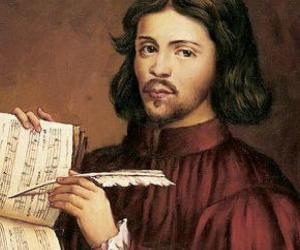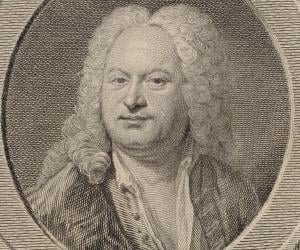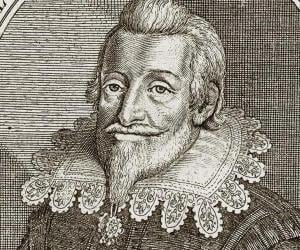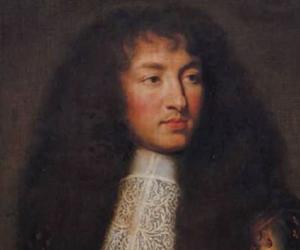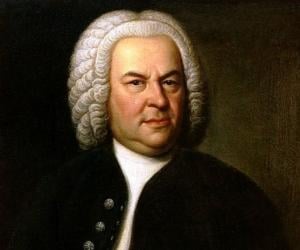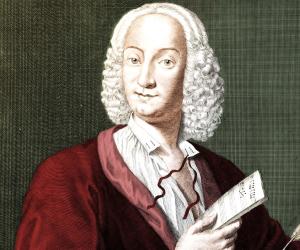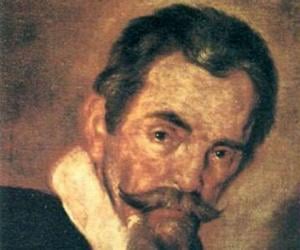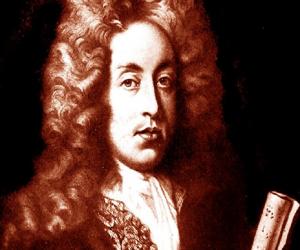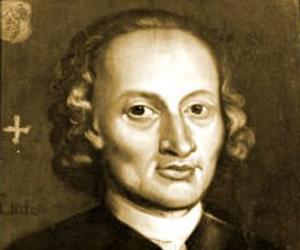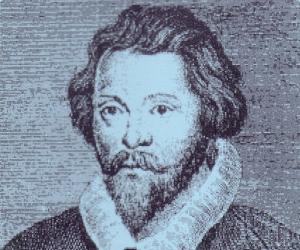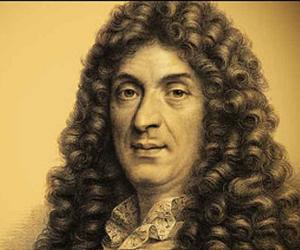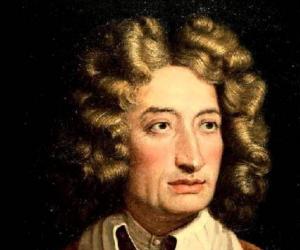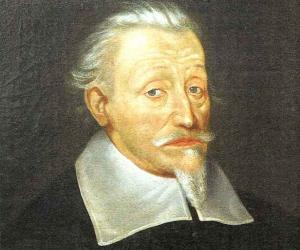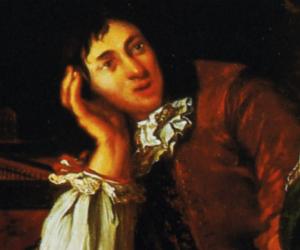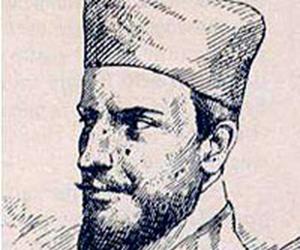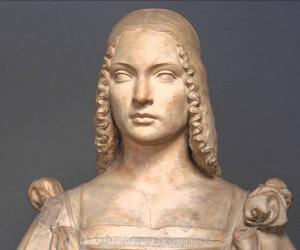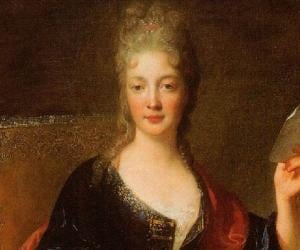Johann Sebastian Bach was an 18-th century German composer of the Baroque period. He redefined both church and secular music. He served as the court musician of Duke Johann Ernst and King Augustus III. He created more than 300 cantatas and vocal music such as Mass in B minor.
Italian Baroque composer, virtuoso violinist, and teacher, Antonio Lucio Vivaldi, is regarded as one of the greatest Baroque composers. He was extremely popular during his lifetime and composed many instrumental concertos and operas. He was also a Roman Catholic priest and worked at a home for abandoned children. Even though he died in 1741, his music continues to be popular.
Claudio Monteverdi was an Italian string player, composer, choirmaster, and priest. His pioneering work in the development of opera and his letters, which gives an insight into the life of Italian musicians from the era, makes him a significant historical figure. He is also considered an important transitional figure between the two important periods of music history, Renaissance and Baroque.
Johann Pachelbel was a German composer, teacher, and organist who is credited with helping the south German organ schools achieve their peak. His contributions to the progression of the fugue and chorale prelude have established him as one of the most prominent composers of the middle Baroque era. During his lifetime, his music became a model for several German composers.
Born to Italian parents, Jean-Baptiste Lully grew up to be a legendary composer who ruled the French courts. He started his journey as a violinist in Louis XIV’s band and later came to be known for his tragic operas. He had also apparently invented the French overture.
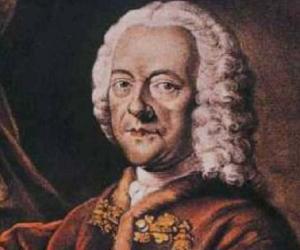
Italian composer and violinist Arcangelo Corelli is regarded as a pioneer of the concerto grosso and the sonata. Named after his father who died 5 months before his birth, Corelli rose to be a major figure of Baroque music and became a favorite of priests and the royalty.
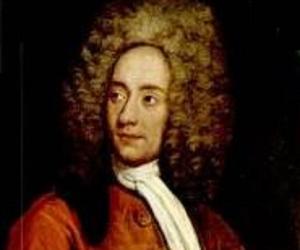
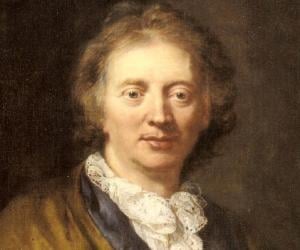
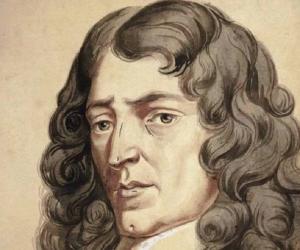
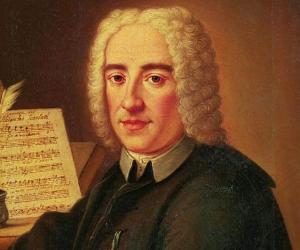
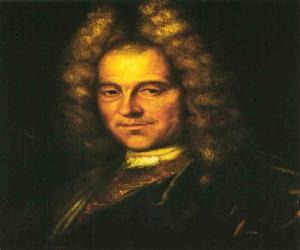
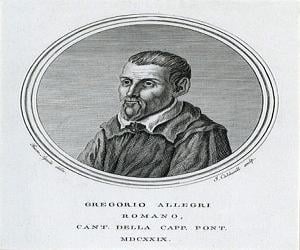
Apart from being a Catholic priest, Gregorio Allegri was also a talented composer. He was associated with the Vatican’s Papal Choir throughout his life. One of his most-loved compositions, Miserere mei, Deus, is said to have inspired a teenaged Mozart to create his own version of the track.
While some scholars believe Dieterich Buxtehude was born in Denmark, others claim he was from Germany. The composer and organist was a significant figure of the Baroque period and had Johann Sebastian Bach as his student. As a church musician, he also composed for family events and festivals.
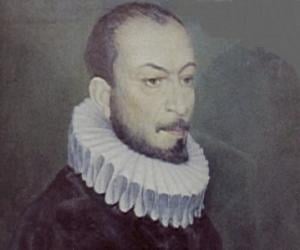
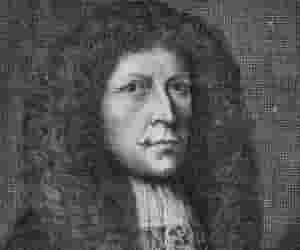
Heinrich Ignaz Franz Biber was a Bohemian-Austrian violinist and composer. He is widely regarded as one of the best violin composers of the 17th century. Heinrich Ignaz Franz Biber wrote operas, music for chamber ensemble, and sacred music. Today, his compositions are widely performed and recorded.
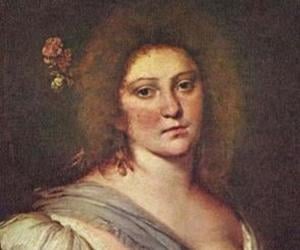
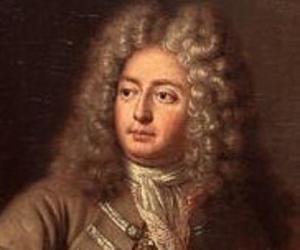
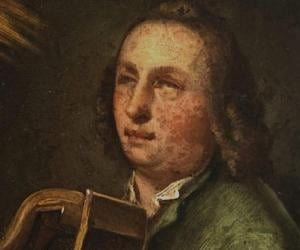
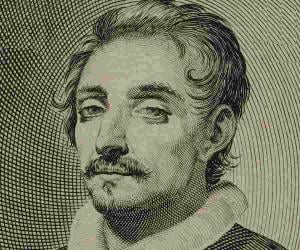
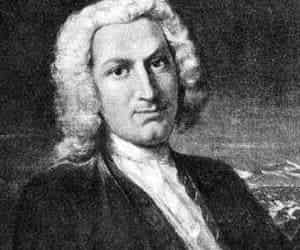
Composer-musician Jan Dismas Zelenka of Baroque period was known for his compositions that are characterized by adventurous compositional structure with an energetic harmonic invention and complex counterpoint. He achieved the feat of composing Sub olea pacis et palma virtutis for coronation of Charles VI as King of Bohemia and conducting it performance before the King shortly after the latter’s coronation.
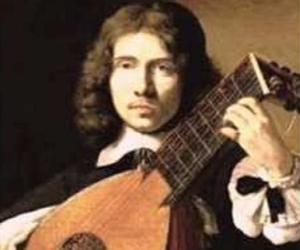
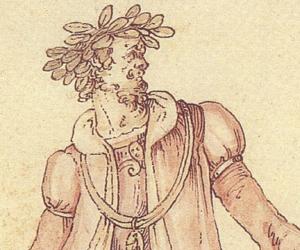

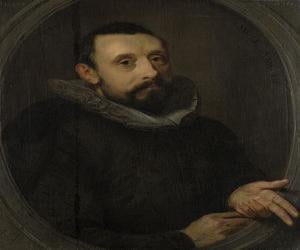
Jan Pieterszoon Sweelinck was a Dutch composer, music educator, music organizer, harpsichordist, organist, and ensemble leader. He played a major role during the transition to Baroque music from Renaissance and is often regarded as the most prominent Dutch composer of the Early Modern Period. His music was not only popular in the Netherlands but also spread across Europe.
Seventeenth-century Italian composer Francesco Cavalli had taken up the surname of his Venetian patron Federico Cavalli. He was initially a soprano at the St. Mark's Basilica. While he mainly composed for operas, he also developed the early recitative-aria technique. Two of his most notable works were Erismena and L’Ormindo.
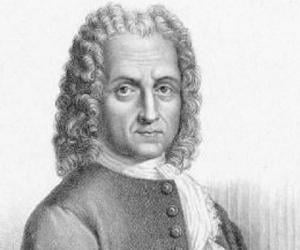
Francesca Caccini was an Italian composer, poet, lutenist, singer, and music teacher. She is best remembered for La liberazione di Ruggiero, her only surviving stage work, which is regarded as the oldest opera composed by a woman. Although little of her music has survived the test of time, Francesca Caccini was known to be a prolific composer.
Elisabeth-Claude Jacquet De La Guerre was a French musician, harpsichordist, and composer. Born into a family of musicians and master instrument-makers, she received her initial musical training from her father. She worked as a musician in the court of Louis XIV, the Sun King. Following her marriage to organist Marin de La Guerre, she taught and composed music.
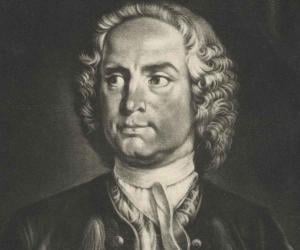
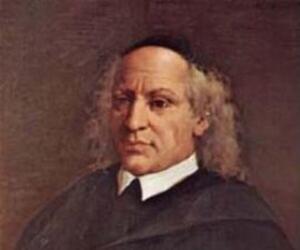
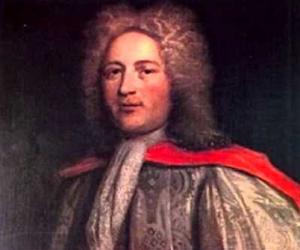
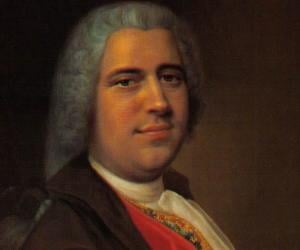
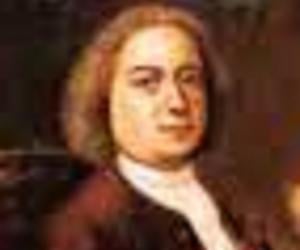
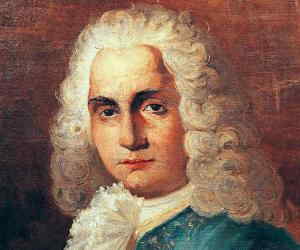
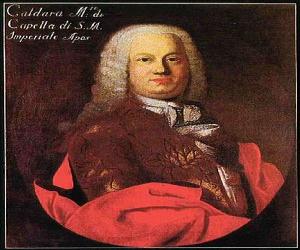
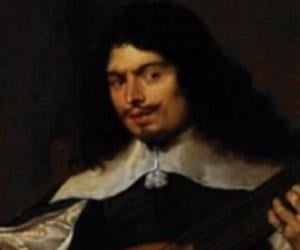
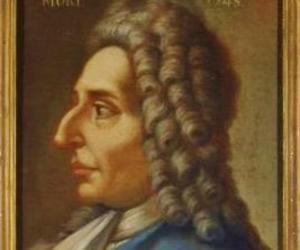
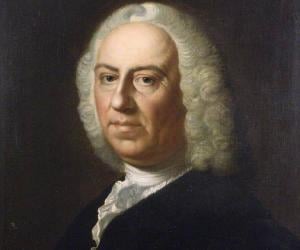
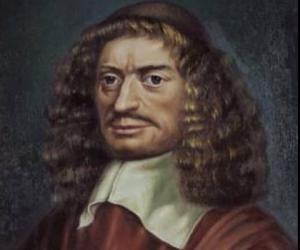
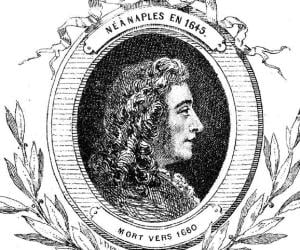
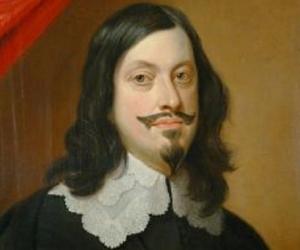
Johann Jakob Froberger was a German keyboard virtuoso, composer, and organist. Widely regarded as one of the most popular composers of his generation, Froberger played a key role in the development of the musical form of a suite in his keyboard works. His compositions were studied by several other composers like Dieterich Buxtehude, Johann Pachelbel, and Johann Sebastian Bach.
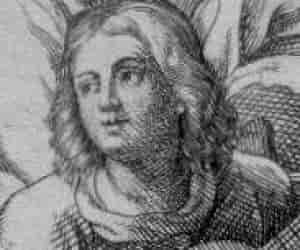
Initially a theologian, Gaspar Sanz later went to Italy to study music and later also focused on literature. Best remembered for his works such as Instruccion de musica sobre la guitarra Espanola, he also developed the use of the classical guitar. He had also been an organist to the viceroy of Napoles.
